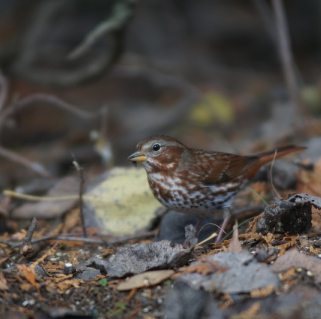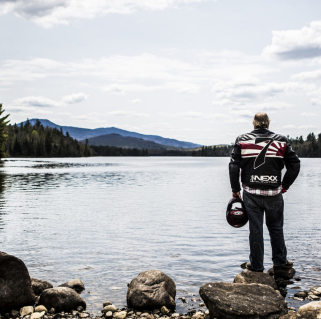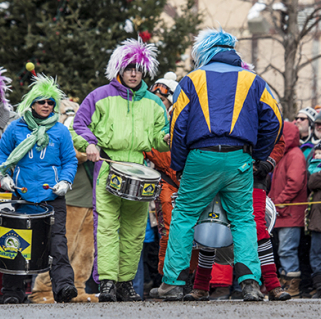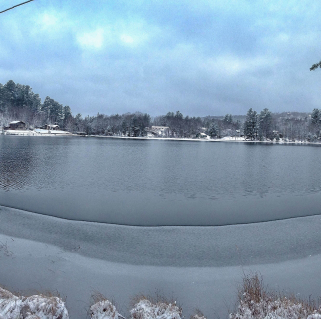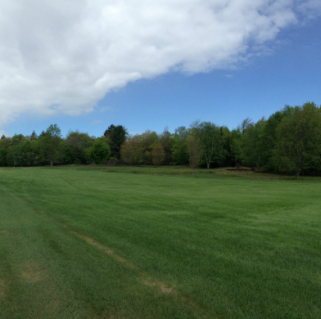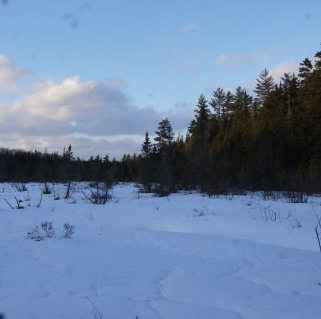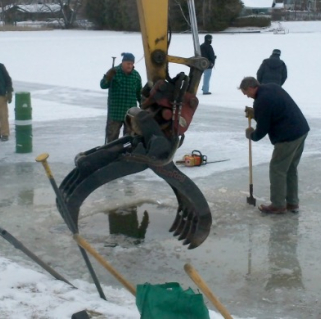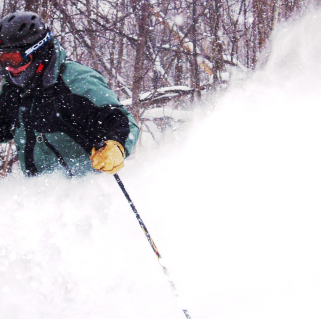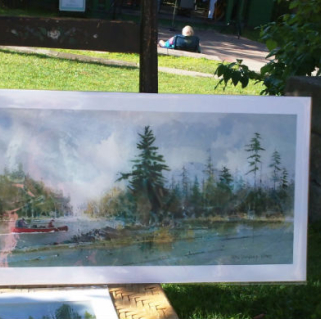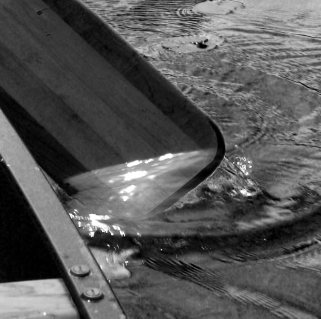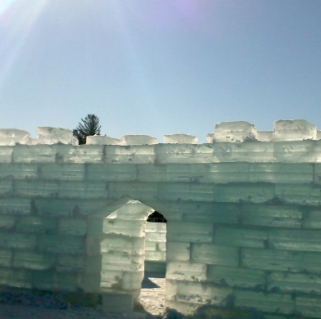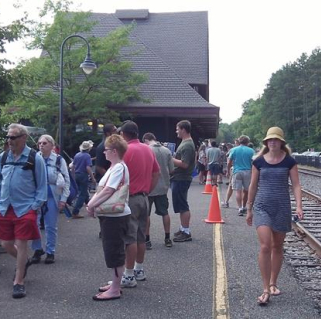Pamela Merritt
March 23, 2017
Is it possible that one of the world's oldest sweeteners could turn out to be one of the healthiest? New research is shedding light on the possibilities of one of the world's oldest treats; maple syrup.
Maple has been enjoyed in the Adirondacks for almost as long as people have been here. The very first settlers were Native Americans who treasured maple, both for its natural deliciousness and also for medicinal uses. Tasty sap comes from not just the sturdy sugar maple, but also the graceful birch. The Paul Smith's Visitor Interpretive Center celebrates Maple Weekends every March.

You can, too.
tapping, updated
The basic technique for getting the sap from the maple tree did not change for hundreds of years. Early Native American tribes used birch bark containers after slashing the maple bark with a hand tool. European settlers used drills and zinc buckets. Either way, someone had to show up and check on the bucket.
It took until 1966 before innovation reached this process. A company named IPL Extrusion took interest in studies from the University of Vermont and Laval University about techniques to improve maple syrup production. Drawing on their beginnings in a maple-rich region of Canada, they came up with the very first maple sap tubing system.
No more buckets.

Each tree gets its own tube, which is then connected to a master tube. These tube systems allow sap to run along the tubes and right into the sugarhouse. Here it collects into a tank, which allows for easy filling of the evaporator.

The evaporator is where the sap is boiled until it becomes syrup. That takes a while: it can take 40 gallons of sap to produce 1 gallon of syrup. It creates possibly the sweetest steam ever smelled, especially when it floats on the crisp air of very early spring.

This is the only time, all year, when the sap is running. If we drilled a hole any other time, hardly any sap would come out. The sunny days and cool nights of the spring equinox signal the tree to begin serious sap production.
While maple sap flow still has some mysterious elements to it, we do know the daily thawing and nightly freezing cause positive pressure changes in the wood of a maple tree. The cells of the tree are full of tiny pipelines, and the pressure of the sap produced makes it flow out, like a leaky pipe under our sinks at home.
almost older than dirt
Trees with sugary sap are relatively uncommon when we look at the entire earth. Maples are a distinct species of angiosperms, a breakthrough in plant-based gene swapping which dates back 125 million years ago. According to new discoveres in China, bees were likely evolving in lockstep, as they are vital pollinators for many plants, and the source of that other ancient sweetener, honey.
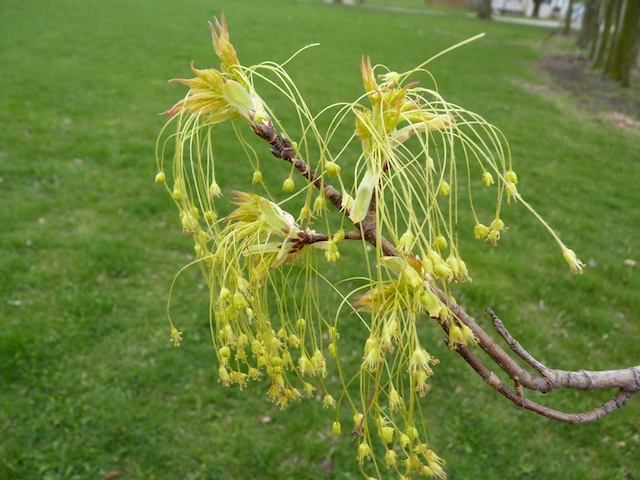
We have to get the sap flowing early. Once buds develop on the trees, the resulting syrup develops an unpleasant "buddy" flavor. Sugar maple is the champ among all trees with sweet sap; the highest sugar content, the most complex flavor, and the longest period of sap flow before buds develop.
According to the fossil record, the three-lobed leaf came first, as seen in black maples (Acer nigrum) compared to sugar maples (Acer saccharum) and their five-lobed leaves. Despite the visual differences, these two species hybridize easily and their ranges extensively overlap. These trees play a vital part in the ecosystems of cooler climates. Actually, it seems that their sap is an important reason they are so successful in cold climates.
Why is maple tree sap so sweet? This is a form of "tree food" which is highly concentrated and easy for the tree to store. Come spring the sap starts running, bringing revitalization to the tree and waking it up from its winter sleep.
Turns out, this tree food is good for us, too.

A new interest in maple syrup as a natural sweetener has brought out many advantages of maple over other sweeteners. It's lower in calories than honey. If we use a cup of pure maple syrup for baking, it contains 819 calories, compared to the 1,031 calories of honey. Maple syrup is low in fructose compared to other sweeteners, and a diet high in fructose is now considered detrimental to heart and liver health.
But it's not just what maple syrup doesn't have; it's also about what it has to offer. It's an amazing source of polyphenols, which are powerful antioxidants needed by the body to combat the damage done by free radicals. It also contains minerals like calcium, iron, magnesium, phosphorus sodium, potassium, and zinc. It even has B vitamins like thiamin, riboflavin, niacin, and B6.
Maple syrup also dodges the small, but real, risks of raw honey to infants. Never give raw honey to children under one year old, because of possible contamination from bacterial spores and botulism poisoning. Since maple syrup is always boiled down, it is both safe and sweet, with no artificial anything.
sweets of the future
Attending one of Paul Smith's VIC's maple events is an exciting glimpse into the future of this amazing natural product. Strolling around the beautiful forest and hearing talk of sustainable forestry and careful stewardship of the maple trees is a great thing for any nature lover and conservationist to experience.
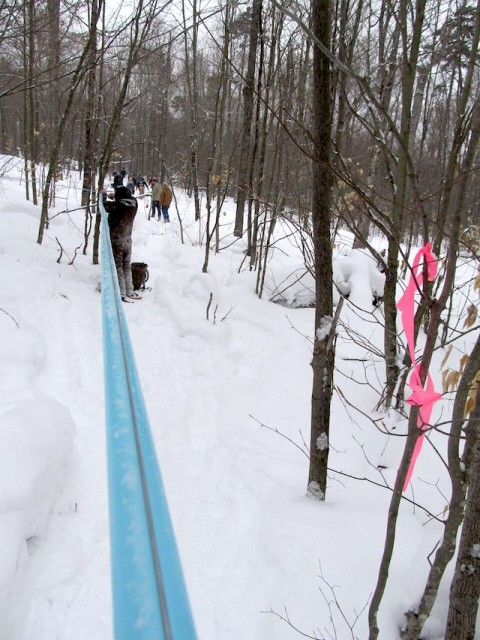
A healthy tree must be at least 10-17 inches in diameter before it gets even one tap. This can take 40 to 50 years. So a "sugar bush," or maple syrup forest, is a very long term project. Once productive, a tree can give sap for the next 100 years or more. They have a lifespan of up to 400 years.
Since these trees are grown without any artificial fertilizers or pesticides, the resulting sap and syrup is completely organic. The soil and weather conditions create different, complex flavors in the resulting syrup, a quality which is intriguing to the growing numbers of maple fans in the culinary arts.

Culinary students at Paul Smith's College love to come up with recipes using the nearby forest's syrup. It's hard to get fresher than that. Glazed ham, sweetened yams and carrots, and a broad array of baked goods benefit from the complex flavors and not-overly-sweet textures of maple goodness.
So come to the Paul Smith's VIC for a lovely stroll through the forest, the incredible sweetness of the sugarhouse steam, a little update on the growing science of maple, and pick up a jug of our own while we are out there at the source.
From culinary inspiration to health advantages, maple syrup is turning into far more than the stuff we pour on pancakes. Though, of course, that's a very good use of maple, too.
Explore our lodging. Indulge in our dining. Explore our forests with some spring hiking.







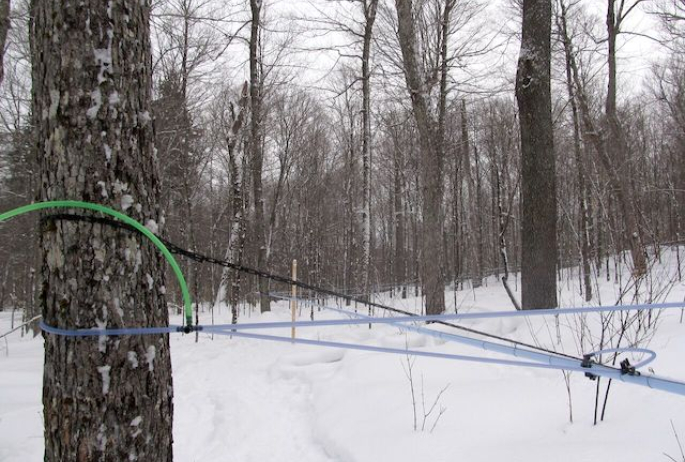
Packages and Promotions
Valid Jan. 21
- Jan. 21
Valid Jan. 21
- Jan. 21
Pet Getaway
Voco Saranac Lake
Your dog deserves an Adirondack getaway too. Book our pet friendly hotel near Lake Placid welcomes every member of your crew. Book our Pet Package...






































